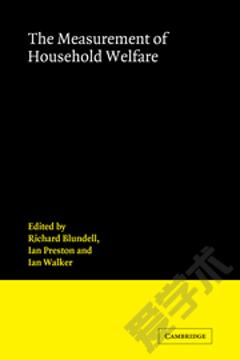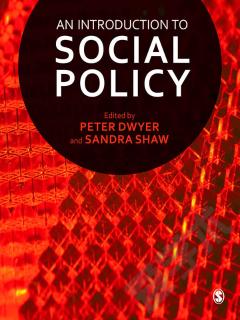Measuring Social Welfare —— An Introduction
----- 衡量社会福利:简介
The social welfare function (SWF) methodology is a systematic framework for assessing governmental policy. It represents a major step beyond cost-benefit analysis (CBA), currently the dominant policy-assessment tool. The SWF framework is well established in certain parts of the economics literature â such as theoretical welfare economics, optimal tax theory, and climate economics â but unlike CBA is not yet used by governments. While CBA quantifies well-being impacts in monetary units (via the construct of willingness to pay/accept), the SWF framework does so using an interpersonally comparable well-being measure. "Measuring Social Welfare: An Introduction" provides a rigorous but accessible overview and defense of the SWF framework. This interdisciplinary work is grounded not only in economics but also in philosophy; it draws from philosophical scholarship concerning well-being, consequentialism, distributive justice, and utilitarianism. The SWF framework has three components: (1) The well-being measure, which converts each possible outcome of policy choice into a list (vector) of well-being numbers, measuring the well-being of each person in the population in that outcome. (2) The SWF proper, which is a rule for ranking these vectors (for example, the utilitarian SWF, which sums up the numbers; or a prioritarian SWF, which sums up a concave transformation of well-being, and thereby gives priority to those at lower well-being levels). (3) An uncertainty module for the chosen SWF, for ranking policies understood as probability distributions over well-being vectors. Chapter 1 provides an overview of the methodology and its ethical grounding, and contrasts the SWF approach with CBA. Chapter 2 discusses the construction of the well-being measure. Following in the footsteps of John Harsanyi, this chapter shows how von Neumann-Morgenstern utility theory can be used to construct an interpersonally comparable well-being measure that accommodates heterogeneous preferences. Chapters 3 and 4 discuss the functional form of the SWF and application under uncertainty. Salient possibilities include the utilitarian SWF, prioritarian SWFs, âsufficientist" SWFs, egalitarian SWFs, and the leximin SWF. These chapters aim specifically to make the case for prioritarianism. Chapter 5 is a detailed case study of the application of the SWF format to environmental policy (specifically, fatality risk regulation), contrasting that approach with CBA. (Because CBA ignores the diminishing marginal utility of money, it is biased towards the rich in valuing risk reduction â even more so than utilitarianism, let alone prioritarianism â and is insensitive to the distribution of the material costs of reduction.) Chapter 6 discusses the potential implementation of the SWF approach in government, and Chapter 7 addresses research frontiers (variable population and responsibility). Chapter 1 will be available for free on OUP on-line for three months starting March 1, 2020.
{{comment.content}}








 京公网安备 11010802027623号
京公网安备 11010802027623号